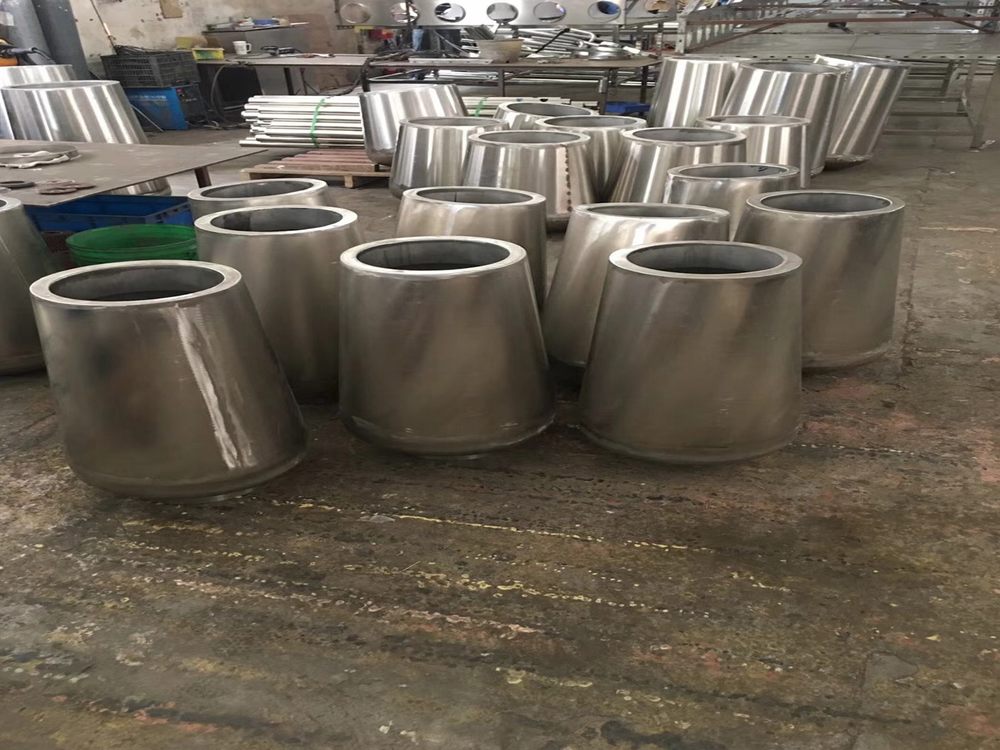
Wood carving is an art form deeply intertwined with the natural properties of wood, particularly its response to temperature fluctuations. Experienced carvers leverage these reactions to create durable and visually striking pieces. When wood absorbs moisture in humid conditions, it expands, while dry heat causes contraction. Carvers anticipate these shifts by selecting stable wood types like oak or cherry, which are less prone to warping.
During the design phase, carvers often leave slight gaps or incorporate flexible joints to accommodate seasonal movement. For intricate details, they may work with the wood’s grain direction, as temperature changes affect longitudinal and radial expansion differently. Some even use controlled heating or cooling to pre-shape wood before carving, ensuring long-term stability.
Mastering these techniques allows carvers to blend artistry with practicality, producing works that withstand time while showcasing nature’s dynamic beauty.

